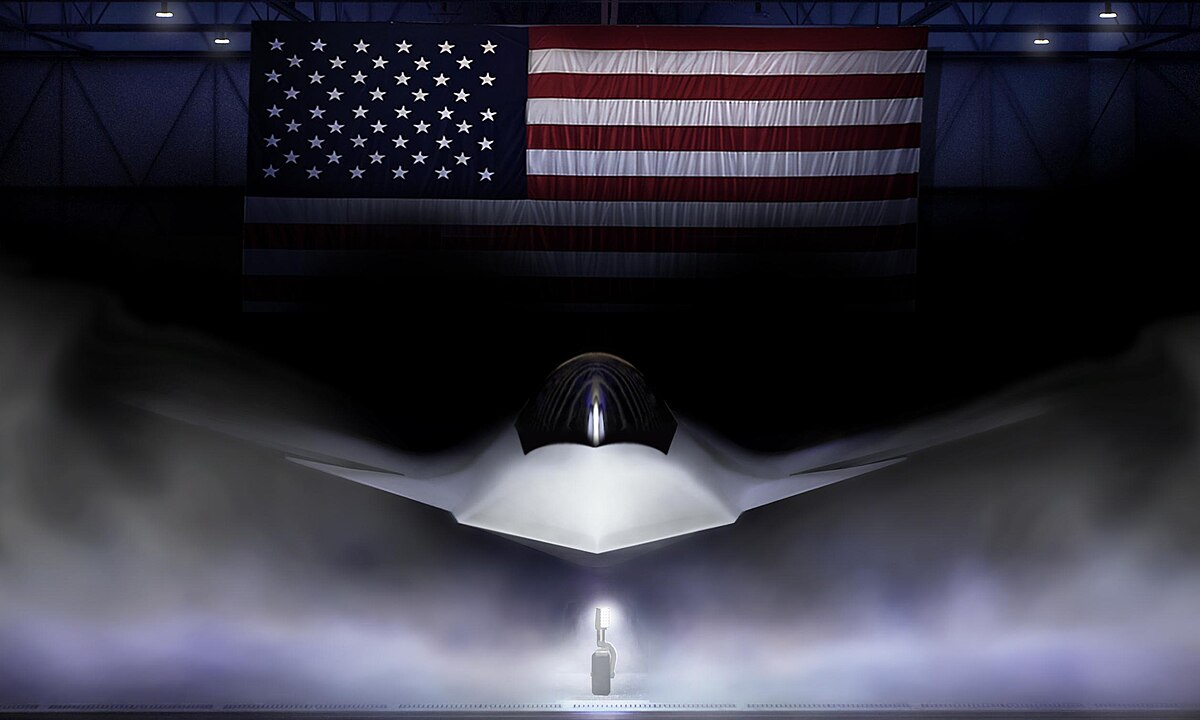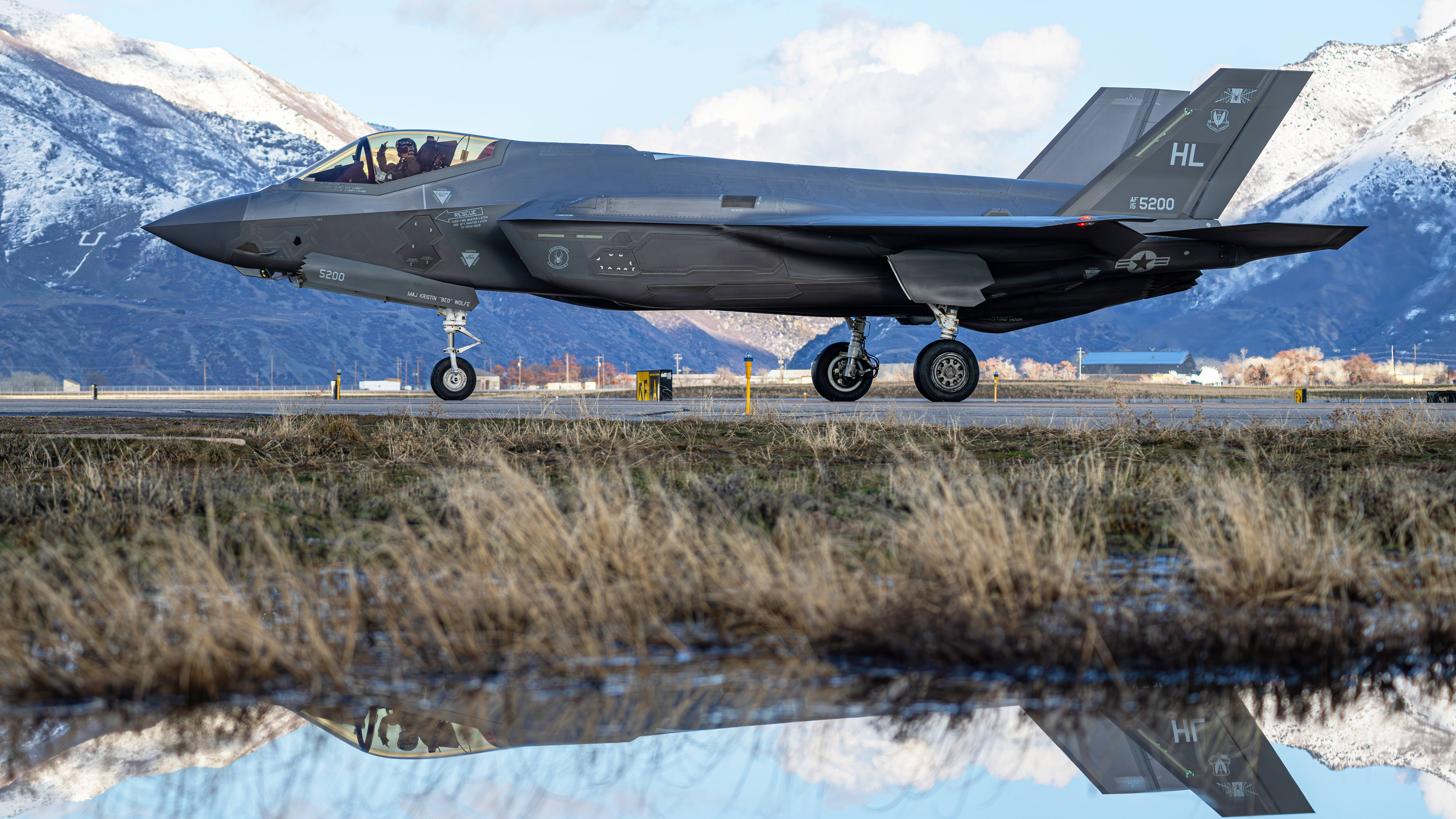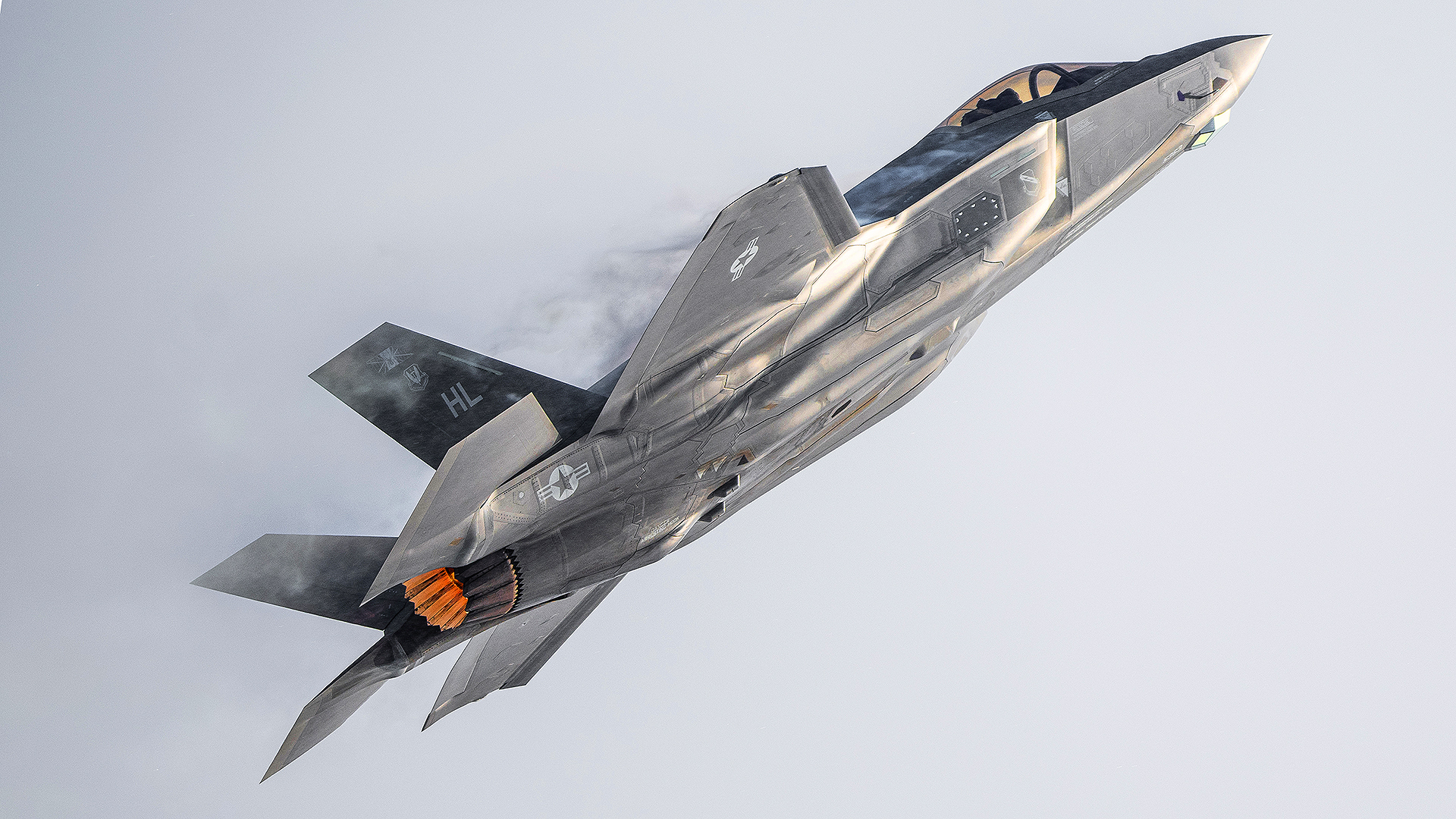Lockheed Martin is making the pitch that its deep-in-production F-35 Joint Strike Fighter can provide 80% of the capabilities of the F-47 Next Generation Air Dominance fighter at half the cost. This is a huge claim and one aimed at keeping the F-35 relevant for decades to come and potentially providing an alternative to the F-47. Achieving this would come by taking tech developed under the NGAD fighter program, which Lockheed lost to Boeing, and injecting it into the F-35. Going farther than just minor modifications, it would give the F-35 a “NASCAR upgrade” by leveraging its base “chassis.” This “5th generation plus” reworking could include new materials, geometries, and countermeasures developed under NGAD. We also now know that Lockheed will not formally protest Boeing’s winning of the NGAD combat jet competition.

These details came directly from Jim Taiclet, CEO of Lockheed Martin, during an earnings call this morning, in which he stated:
“And we plan on applying those [NGAD] technologies to our current systems, making our already proven products even more relevant to the future, as well as enhancing the capabilities we provide in ongoing and future development. For example, the knowledge and technology development gained from our investments in the NGAD competition strengthened our conviction to enhance the F-35 to a ‘5th generation plus’ capability. And I challenged the team to deliver 80% of 6th gen capability at 50% of the cost. In support of this vision, we’re also committing to drive disruptive innovation and building upon our recent established internal capabilities and AI autonomy, crewed-uncrewed teaming, and command and control systems across the whole company. We have aligned these technology investments with our customer priorities and demonstrated meaningful increases in capabilities at relatively low cost.“

In addition, Taiclet told shareholders that the firm would not be protesting the NGAD combat jet award to Boeing. This is a relatively major development. Instead, they will be rolling their research and development back into their existing fighter aircraft, the F-35 and F-22, to make them more potent, and presumably to step in if the F-47 doesn’t make it to production.
“We did get a classified debrief from the US Air Force on their NGAD decision. And we are taking that feedback internally and looking at all the aspects that we were briefed on, which we can’t speak to because of the classification level. But we are addressing those. On a strategic basis, where we are going with this decision is not to protest it.”
“We are not going to protest the NGAD decision of the U.S. government. We are moving forward and moving out on applying all the technologies that we developed for our NGAD bid onto our embedded base of F-35 and F-22. I feel that we can have, again, 80% of the capability potentially at 50% of the cost per unit aircraft by taking the F-35 chassis and applying numerous advanced technologies, some of which are already in process in Block 4 and F-35, but others that we can apply and we are going to offer fairly rapidly to the Department of Defense to really take that chassis and supercharge it for the future. And that’s kind of a 5th generation plus concept for F-35. And that investment in NGAD technologies that we made over the last few years are going to be applied directly to that chassis.”

Considering Lockheed needs to continue a good relationship with the prickly Trump administration, a challenge to the F-47 award decision would have been a risky move. The company has many other products to sell to its primary customer, the U.S. federal government. This includes many other facets of the overall NGAD program, from unmanned systems to weapons to command and control architectures. A challenge could put its standing for future and ongoing business with the administration at risk. This is just one of many factors that would have played into the decision about whether or not to launch a formal protest.
The fact that Taiclet is using the word “chassis” in relation to the F-35 is also worth noting. Looking at a platform as a highly adaptable canvas on which to paint your capability needs is certainly in vogue, especially in the aerial realm. With this in mind, it probably won’t be long until Lockheed starts comprehensively pitching its next step beyond Block 4 for the F-35, and it could end up being more exotic in terms of changes than what many may have assumed prior to the NGAD combat jet competition loss. The USAF had already proposed going for a much cheaper alternative to what is now the F-47. We explored what this could look like, which you can read here. A deeply reworked F-35 could step into this alternative offering space, something then-Secretary of the Air Force and godfather of the NGAD combat jet Frank Kendall explicitly highlighted just in January.
At the very least, we now know that Lockheed isn’t going to look back at its loss to Boeing’s F-47 and is moving on, doubling down on the two 5th generation fighter programs already in its portfolio, one of which has over 1,100 examples produced and for which demand remains strong for more. And, as we have always posited, the manned fighter element of NGAD may be the most high-profile, but there are many other opportunities within the wide-ranging program, with the unmanned components of it being arguably the most important in terms of a future growth vector. Lockheed has already been leveraging efforts to modernize the F-22, which so far do involve a major redesign of that aircraft, to support work related to NGAD.

When asked about how the NGAD technologies and their migration would be funded and the confidence the company has in integrating them into the F-35, Taiclet gave a lot more detail regarding what this could actually look like:
“We have 70,000 engineers and scientists in the company working on really interesting stuff all the time. And some of the fifth-gen plus solution set is already being funded by the US government and the F-35 program itself. There are components, some of which are classified, so I can’t really specify them.
But key techniques, I’ll say, and approaches that a fighter pilot needs to have to be competitive and win, I’ll just kind of talk to those in general, you can be assured that we are investing and the government is investing together in these things. Some of these elements are, again, through the F-35 program as it stands today. Some of it was our government-funded investment in R&D for NGAD, just the competitive process, was funded for both Lockheed Martin and Boeing over a period of years by the government. And we made independent investments along the way, too, in both of those programs.
So there’s not a clean percentage, but there’s co-investment between the US government, our allies, and Lockheed Martin in the technologies I’m speaking to. And having done this myself when I was younger, these things are really important. So one is sensing the enemy at a distance greater than they can sense you. And so those kind of categories are radar, they’re passive infrared. And passive infrared is really important because if I’m transmitting radar, that means somebody else’s electronic warfare receiver can see me. And then they can maybe shoot me.
So the better I have infrared, which is passive, we can sense that, and the best radar on top of that. Those kinds of sensors are really, really critical because I explained this in a meeting with the White House. President’s like, ‘dogfights are not what we want anymore in air-to-air combat. We want to shoot the other guys,’ as I said before, if he even knows we’re there.

And you do that, first of all, with the critical sensors to find them. Then you make sure they can’t find you. And that’s the stealth technology. And there’s some techniques that we’ve used for our NGAD offering that can be applied, whether they’re materials, they’re geometries, they’re countermeasures for stealth. So no, I can’t be seen.
That’s the first part of the equation. The second part of the equation is you want to have a tracking system and a weapon that can go farther and hit the enemy plane before they can ever even reach you with their weapon. And so there are techniques and capabilities we delivered with NGAD, our NGAD bid that were developed for that, that we can now apply here. So it’s an F-35. So we’re basically going take the chassis and turn it into a Ferrari.
It’s like a NASCAR upgrade, so to speak, where we could take the F-35, apply some of those co-funded technologies both from NGAD and the F-35 program, and you’re going to have, again, my challenge to my aeronautics team is let’s get 80% of sixth gen capability at half the price. That’s something that these are engineers, they wouldn’t have agreed to this if they didn’t think there was a path to get there. That’s something we’re going go out and do. And this is this best value approach that we’ve been kind of working our way towards that at Lockheed Martin over the last four or five years. How do we get best value to the customer who has a limited budget and an increasing threat?
We use these digital technologies. We apply something from one system… to another, and we actually try to create that best value equation. It’s a little kind of not uncomfortable, but novel for our industry to think that way. But we are thinking that way. And value is important and maybe as or more important than the highest technology available.
It’s got to be scalable, it’s got to be affordable, it’s got to work every time. And so that’s what we’re after.”
Taken as a whole, the world’s largest defense contractor has now doubled down on its F-35, which could look quite different than it does today, at least in concept, in the not-too-distant future. As to if tweaking the Joint Strike Fighter into something that comes close to rivaling a decades newer design tailored to future threats, we’ll have to wait and see, but fulfilling on that claim will be a very tall order.
Contact the author: Tyler@twz.com
